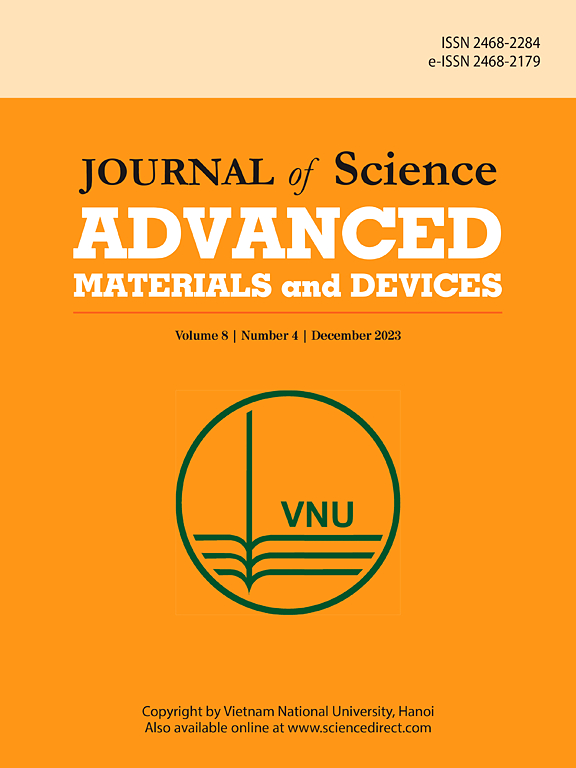Low-grade heat recycling of vertical thermoelectric cells based on thermal-induced electric double layer
Abstract
Employing electric double-layer (EDL) capacitors to harvest low-grade heat (LGH) is a novel technique in the high-efficiency energy absorption field. This work reports the fabrication of a vertical thermoelectric cell, based on a nanoporous graphene electrode immersed in low-concentration saline solution, for use as thermo-charging supercapacitors to convert LGH to electricity via thermally induced voltage. Because of a large specific area and a large number of micropores of nanoporous graphene films, the effective thermoelectric coefficient of the thermoelectric cell containing 0.01 M KCl solution can reach as high as 4.73 mV/°C. However, many factors, such as electrode materials, electrolyte solutions, and energy conversion device components, determine the efficiency of a thermoelectric conversion device. In summary, the device has a lower internal resistance and higher output voltage when the concentration of KCl solution is 0.05 M, and demonstrates higher thermoelectric conversion efficiency. Moreover, improving the conductivity of the electrolyte solution without affecting the device output voltage is also a way to reduce the internal power consumption of the device. The specific power and thermoelectric conversion efficiency of the device are increased by several orders of magnitude when uniformly dispersed silver nanoparticles are added to the potassium chloride solution to enhance the conductivity of the solution. The specific power underwent an increase from 0.50 mW g−1 to 42.37 mW g−1, and the thermoelectric conversion efficiency also increased from 0.0022% to 0.1358%.

 求助内容:
求助内容: 应助结果提醒方式:
应助结果提醒方式:


